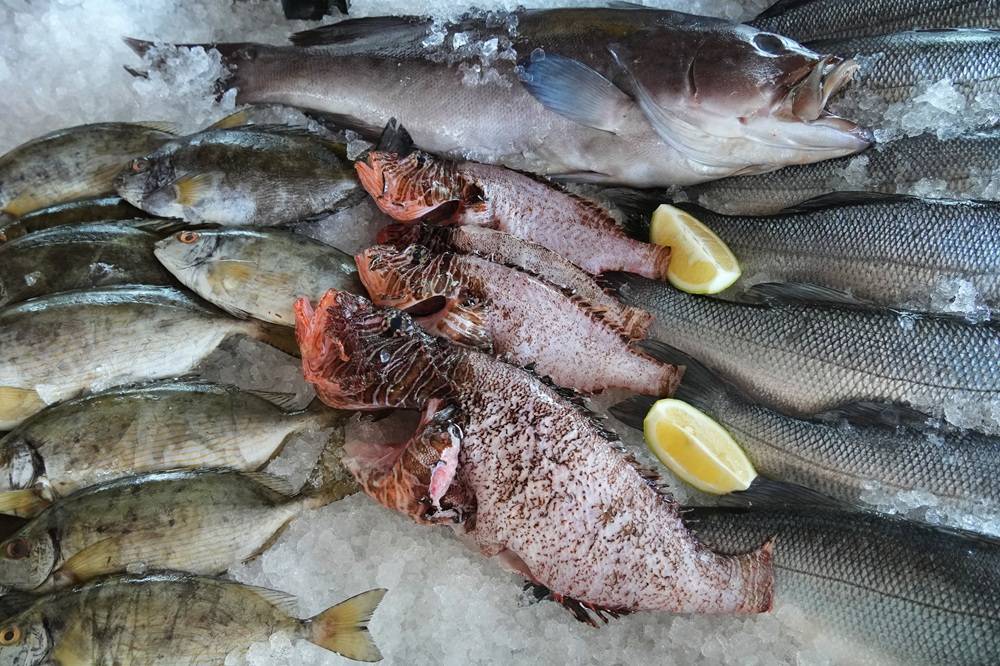Saudi artist Asma Bahmim takes part in the Amaken Exhibition held at the King Abdulaziz Center for World Culture (Ithra) with her special work “Roaming Walls,” which depicts scenes from her childhood in the heart of Jeddah.
“Long time ago, people in Hejaz used to put papers that feature Quran verses and holy texts inside walls’ cracks in respect of the words written on them. They also used to hide love letters inside the walls, which had long caught my attention as a kid in Al Attarin street,” she told Asharq Al-Awsat.
About the idea, she said: “I thought I knew myself through time, but I discovered that my knowledge was formed of scattered memory pieces that assembled with past events that took place in my hometown. My idea is inspired from the house I was born in, its walls that are filled with my dreams, thoughts, and scraps featuring verses from our holy book that were folded and preserved between stones’ cracks. That collection of successive pictures in my head has long provided me with balance.”
In her work, the Saudi artist focuses on the tradition of placing papers between the cracks of walls, and bricks. Bahmim noticed this tradition for the first time when she was visiting her aunt’s house in the historic region, which motivated her to document it in a work inspired by her spatial memory.
- Al Attarin Street -
Asma Bahmim holds a lot of memories from Al Attarin street. “I know all the places there, and I remember many prominent figures that I used to see in that street, where I studied in a language institute. All these things engraved the street in my memory,” she explained.
The artist took advantage of the demolition of the random properties in that region to collect ancient stones, which she used as a major part in her newest artwork “Roaming Walls” made of wastes of construction materials from the historic region of Jeddah, including pieces of bleached coral, stones, and wood.
- Paper making -
Interestingly, Bahmim has long worked in handmade paper. She makes her own papers using banana leaves she dries on the roof of her house, and color them with natural dyes. When asked about the craft, she said her mother used palm leaves in paper making, like a lot of people did at the time.
“Paper making in Hejaz is almost extinct, but I am trying to keep it alive using banana leaves, and I hope to expand it, but the project requires large potentials.”
Bahmim’s works reflect her interest in Islamic arts, such as medieval manuscripts including ‘Maqamat Al Hariri’ and the Panchatantra stories. Her project consists of collecting paper scraps to build a wall with cracks in which she plans to put her personal letters with hand-written words or gold papers.
Asma Bahamim was born in Jeddah, 1979, and studied fine arts at the Jeddah University, where she currently works as a professor. She also partook in the 2018 Islamic Art Festival in Sharjah.










